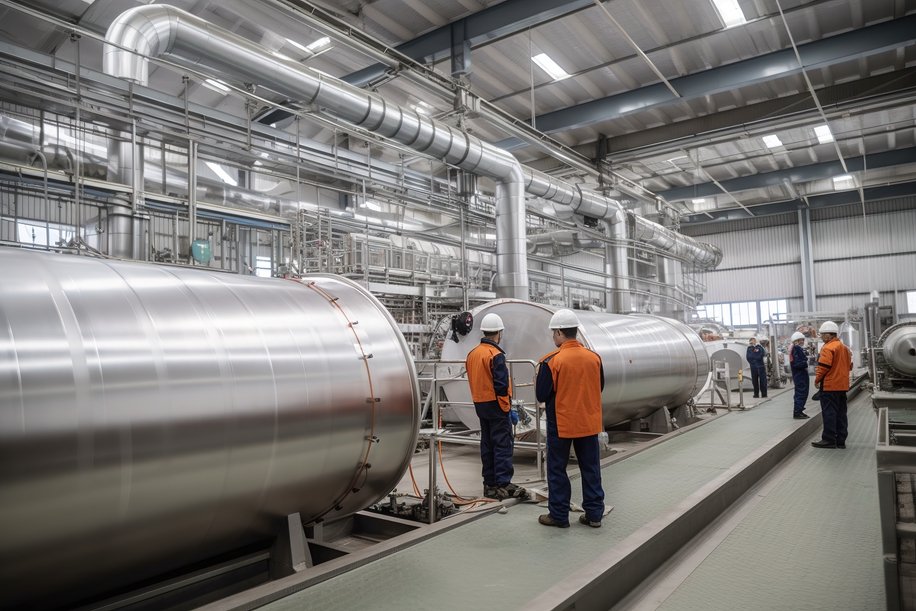Get the Facts – Carbon footprint
How big will the government allow your carbon footprint to get?
When did you first hear the phrase ‘carbon footprint’? While it relates specifically to the amount of carbon dioxide a person, home or business produces, it’s often taken to represent the amount of energy we use in more general terms.
The Carbon Trust (www.carbontrust.com), an independent body advising on carbon reduction and resource efficiency, defines it as follows:
“A carbon footprint measures the total greenhouse gas emissions caused directly and indirectly by a person, organisation, event or product”
and goes on to say that when calculating your carbon footprint, all six of the Kyoto Protocol greenhouse gases should be taken into consideration.
These are:
- Carbon dioxide (CO2)
- Methane (CH4)
- Nitrous oxide (N2O)
- Hydrofluorocarbons (HFCs)
- Perfluorocarbons (PFCs)
- Sulphur hexafluoride (SF6)
Most people today recognise that reducing our carbon footprint is desirable and many businesses will include environmental policies on their website, with the measures they are taking to achieve this. What’s more, this has been supported by government legislation and incentives to put us on the right track.
What legislation is currently in place?
The UK signed up to the Kyoto Protocol in 1995. This means that it is committed to internationally binding emission reduction targets.
In 2008 it passed the Climate Change Act with the aim of setting the UK on an economically credible emissions reduction path. This includes making it a duty of the Secretary of State to reduce emissions by 2050 by at least 80% from 1990 baseline levels. However, as almost all of the policies to achieve this are currently voluntary, there has been some doubt cast on whether the target will be reached. Additionally, the Climate Change (Scotland) Act was passed in 2009, with a 42% reduction target set for 2020 and an 80% reduction target by 2050.
Since October 2013, all quoted companies must report on their GHG (greenhouse gas) emissions). The government also provides guidance for businesses and organisations on how to measure and report their GHG emissions through the Department of Energy & Climate Change.
EU Directive
As part of the European Union, the UK is also expected to follow the 2001/77/EC directive that promotes renewable energy for the production of electricity.
General Advice
The first step for any company is to set out an environmental policy and to establish what its current carbon footprint is and how it can be reduced or offset. A key point to remember, especially since the economic downturn, is that energy savings will almost always lead to saving your company money, for example by extending the life of equipment and reducing your electricity bill.
If you need any more advice about your Carbon Footprint Telephone: 01924 283 737

Our guide to building energy management systems
Building energy management systems (BEMS) are systems that allow you to monitor, control, and optimise the energy used within your building. The phrase building energy management system (BEMS) is often used interchangeably with the phrase building management system (BMS), but there are some differences. A BEMS is focused on energy-related systems such as lighting, heating, […]
Read more
How far does power travel and what impact does distance have on performance
It’s easy to take our electricity supply for granted. We flick a switch and instantly have light or power. We don’t even think about it unless there’s an issue or an outage. But when there is an issue or outage, the impact can be significant. For manufacturers, even the smallest change in power can make […]
Read more
Why visibility of the production process is so important
Operational excellence, efficiency and quality are top priorities for almost every manufacturer worldwide. These things lead to improved productivity, happier customers and reduced waste – all of which result in increased profits. Visibility of the production process is the key to achieving these things. And manufacturers now have access to technology that can provide real-time […]
Read more
Will security lighting help to protect my staff?
Looking after the safety and well-being of employees should be a priority for any business. And while it’s not possible to mitigate every risk, there are measures you can take to improve their safety and security. One measure that is often overlooked is the installation of security lighting. When daylight disappears, visibility is reduced, increasing […]
Read more
Top 5 considerations when comparing electrical quotes
Budget is always a factor when you’re considering any type of upgrade, revamp, or maintenance work within your factory. But when it comes to electrical work, you have to consider more than just money. Don’t rush into accepting the cheapest electrical quotes without knowing exactly what you’re getting. Electrical work is not an area where […]
Read more
What is the role of companies in reducing our carbon footprint?
We should all be taking responsibility for protecting our planet and a big part of that is reducing our carbon footprint. But while it falls to all of us to do our bit, there is additional pressure on manufacturers, especially those with high carbon emissions. As an absolute minimum, these companies should ensure compliance with […]
Read more

